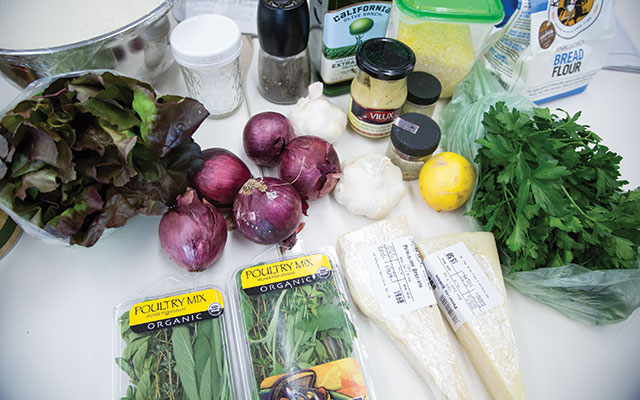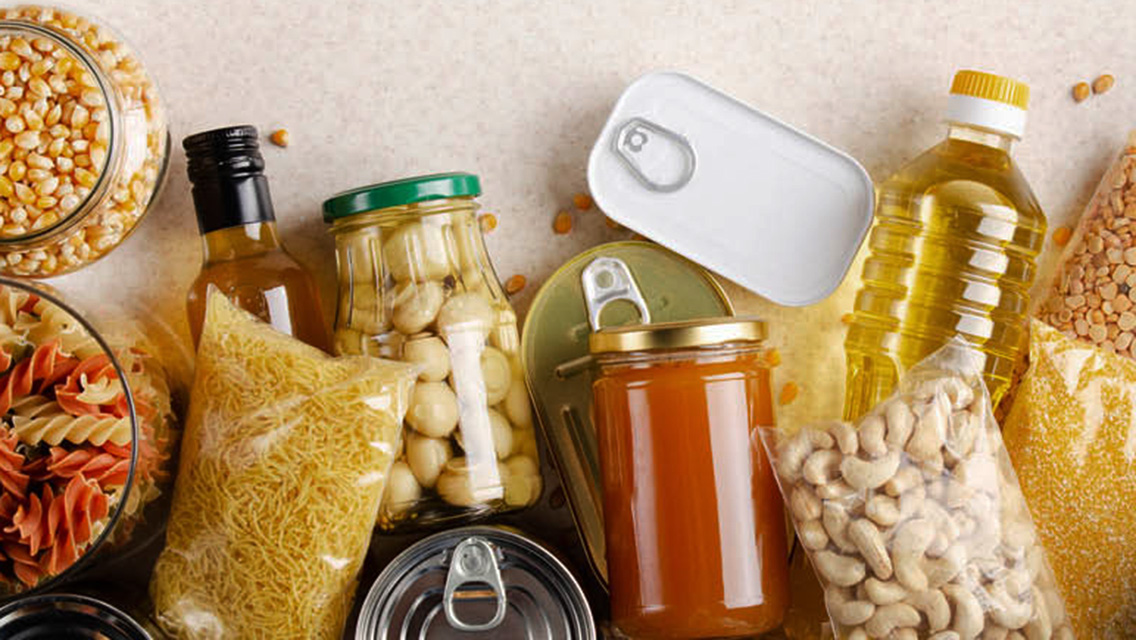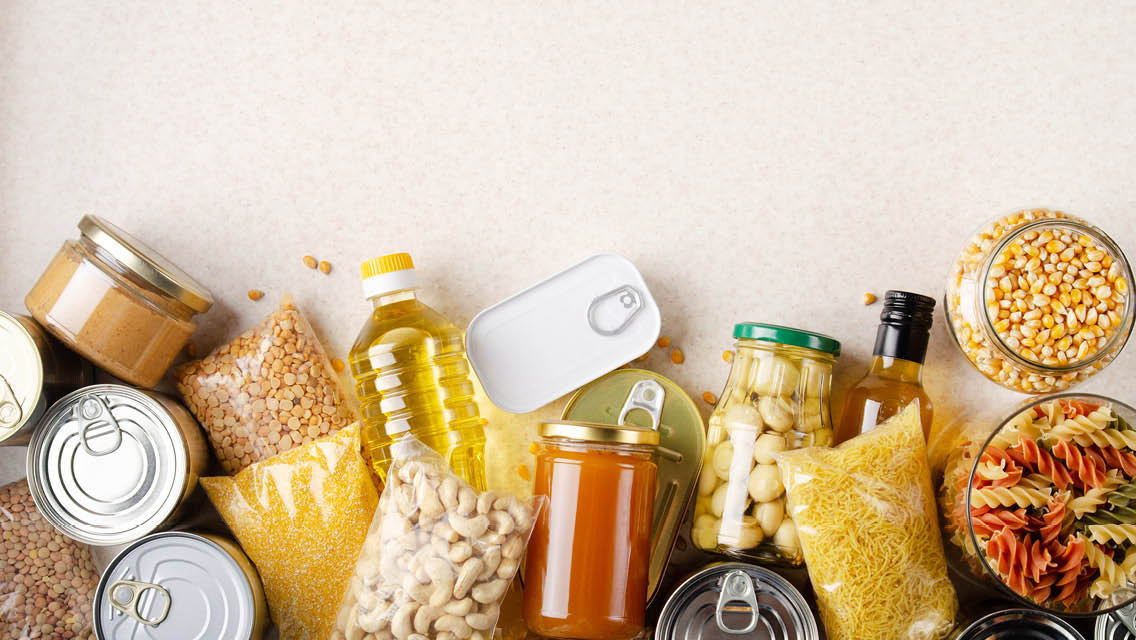Are there any greater disasters than forgetting to eat breakfast, and then lunch, and then eating 11 cheeseburgers for dinner? Of course there are! But do you ever look around and notice how much effort has gone into protecting you from them?
We are surrounded by layers of barely visible disaster prep. Modern office buildings? Many are earthquake-proof and most are full of emergency exits illuminated by lights powered by an auxiliary energy source. Their sprinkler systems stand ready to quickly extinguish a blaze, even though the carpets are often inflammable.
The roads you traveled on your way to work? Some are flood resistant, some are built to withstand super cold and super heat, and many have high-friction aggregate coatings on their curves to keep you from skidding off into the ditch.
Maybe you’re reading this in bed while wearing your fire-resistant pajamas. You’ve probably got two exits out of that bedroom, smoke alarms situated nearby, safety glass in the windows, and lead-free paint on the walls.
If I started to list the disaster-prep embedded in your car or commuter train, we’d be here all week — to say nothing of vaccines! Then there’s health insurance, homeowner insurance, car insurance, and personal umbrella policies in case something unimaginable happens involving your grill, your fairy lights, your neighbor’s house, or a wayward tractor-trailer.
Disasters: No one wants them, and yet there they are — an unavoidable part of everyday life.
So why don’t we ever plan for them as part of our food lives?
Everyday Food Disasters
Historically, my food disasters have typically followed one of two basic tragicomic story lines.
Story One: I wake up, an innocent lamb. Things suddenly fall apart, and I find myself eating what might be a 5-pound bag of sugar.
Maybe there’s a fifth-grade homework project due, and when my daughter picks up her diorama, the head on the little clay dog falls off. By the time it’s back on, we’ve skipped breakfast and she’s missed her bus.
I drop her at school and arrive late for work, where a malfunctioning bit of software has wiped out a story that now must be urgently re-created, and — whoops, what do you know — it’s 10 hours later! Why, yes, I think I will eat the remains of the awful sheet cake the nice people from the copier-repair service sent to celebrate 10 years of copier repairs together.
Never mind that it tastes like saccharine motor oil, or that my brain has kicked into fight-or-flight survival mode and anything I can hunt or gather — any assemblage of flours, starches, and oils — is fair game.
Story Two: I am a responsible adult eating a healthy breakfast, but then somehow I forget about lunch. I’m not the kind of girl to eat six burritos for dinner, am I?
Maybe after my sensible breakfast of cold white-bean salad with tuna (I’m a savory-breakfast gal; see my recipe below), I am so full, healthy, and happy that I completely forget that the day offers other times when people eat, such as lunch, which I ignore while virtuously meeting deadlines.
Later, I am so full of vitality on my wellness journey that I practice a walking meditation around a nearby lake, when my eyes suddenly rest on a beautiful white heron, and I realize I’m nigh on starving to death. Instead of focusing on my breathing, all I can focus on is mentally mapping every burrito place on the way home.
That’s all history now, because I’ve put in place a few disaster-preparedness food backstops.
On-the-Go Strategies
For work and running around, I now have strategically dispersed snack caches. On one shelf in my cubicle at work you will find pop-top cans of tuna, protein bars, low-glycemic-index nut-and-chocolate bars, salmon jerky strips, and bags of roasted chickpeas dusted with wasabi.
Let me tell you, eating tuna out of a can is totally gross — but for me, it’s completely filling. And it’s better than the alternative, which is typically the worst choice I can possibly make, with a side of crinkle fries. If you want to join me in my desk disaster-preparedness lifestyle, please know the internet will provide you with a case of squirt-packet salad dressing so you can enjoy your healthy tuna-salad-of-last-resort in style.
But it’s not just my desk, people. In my car, I keep a small insulated bag full of protein bars, nut-and-chocolate bars, and small packets of nuts. My kids call this bag “the food truck,” which makes no sense but comes from the idea that we’re eating food in a vehicle. Still, I am here to tell you that a snack-size bag of almonds at certain moments can put off the temptation to eat any small animal in my path long enough to let me make it back into my kitchen, where I can cook.
Into the Kitchen
In that kitchen, my disaster-preparedness strategy now includes a few options. First, I’m a devoted big-batch weekend cook; I try to maintain a ready supply of homemade soup or stew in the freezer at all times. We usually have chili, lentil soup, split-pea soup, a red-sauce-and-chicken-and-sausage cacciatore.
Sometimes I’ll prepare and freeze some fancy stew that caught my eye in a cookbook. A recent success: a mega-batch of chicken-pot-pie filling, with frozen peas added before reheating. A recent failure: a chicken curry stew with cinnamon, raisins, and squash that proved too sweet for me.
I also stock my pantry and freezer with some “instant foods.” A can of black olives and a microwaved bowl of edamame make good finger food while wrangling dinner. Tuna in oil spiced up with jarred pickled peppers and served on rye toast creates a sort of instant bruschetta. Add some chives and you’ve got something special: Tuna in oil with peppers on toast looks pretty good, but tuna in oil with peppers covered with snips of fresh chives on toast looks like you could invite Martha Stewart herself over for a snack.
Everybody’s pantry life will be different, of course. Some of my top disaster-averting dinners include a canned-salmon salad with loads of parsley; a quick jerk-chickpea stew; and sardines with herbs and lemon on toast.
A friend of mine always keeps pizza dough in the fridge so she can whip up a pie anytime. Another friend packs a spare freezer full of frozen homemade meals, like modern TV dinners. She seems to spend a lot of time making sure they’re eating frozen foods before they go bad, but I can see that it works for her. (In either case, I’m not that organized.)
All I know is that if I don’t prepare for disasters, I will always fall into the safety net of too many cheeseburgers, eaten too quickly, with no joy. I don’t want that! I want to recognize that we can apply some small-scale version of disaster preparedness to everyday eating. Because into every life some tears must fall — as well as some dumb food days, which can be rescued by smart planning.
Cold White-Bean Salad With Tuna
Ingredients
- 2 15-oz. cans of any white beans
- 2 6-oz. cans of oil-packed tuna
- 3 tbs. capers
- Juice of 1 medium lemon or 3 tbs. red- or white-wine vinegar
- 1 red or white onion, thinly sliced
- Salt and pepper to taste
Directions
In one bowl, combine white beans, tuna, and capers. Add lemon juice or vinegar. Toss. Add onion, then salt and pepper to taste. That’s your base. At this point, you can throw in just about anything that you happen to find in your refrigerator (like pepper rings or pitted niçoise olives, or leftover cooked broccoli or asparagus) or whatever seems appealing from your garden (including chives, basil, oregano, stray peapods, and green beans). Adjust seasonings with more acid — the lemon juice or vinegar — salt, and pepper.
Watch for a variation of this recipe in the July/August 2019 issue!




This Post Has 0 Comments